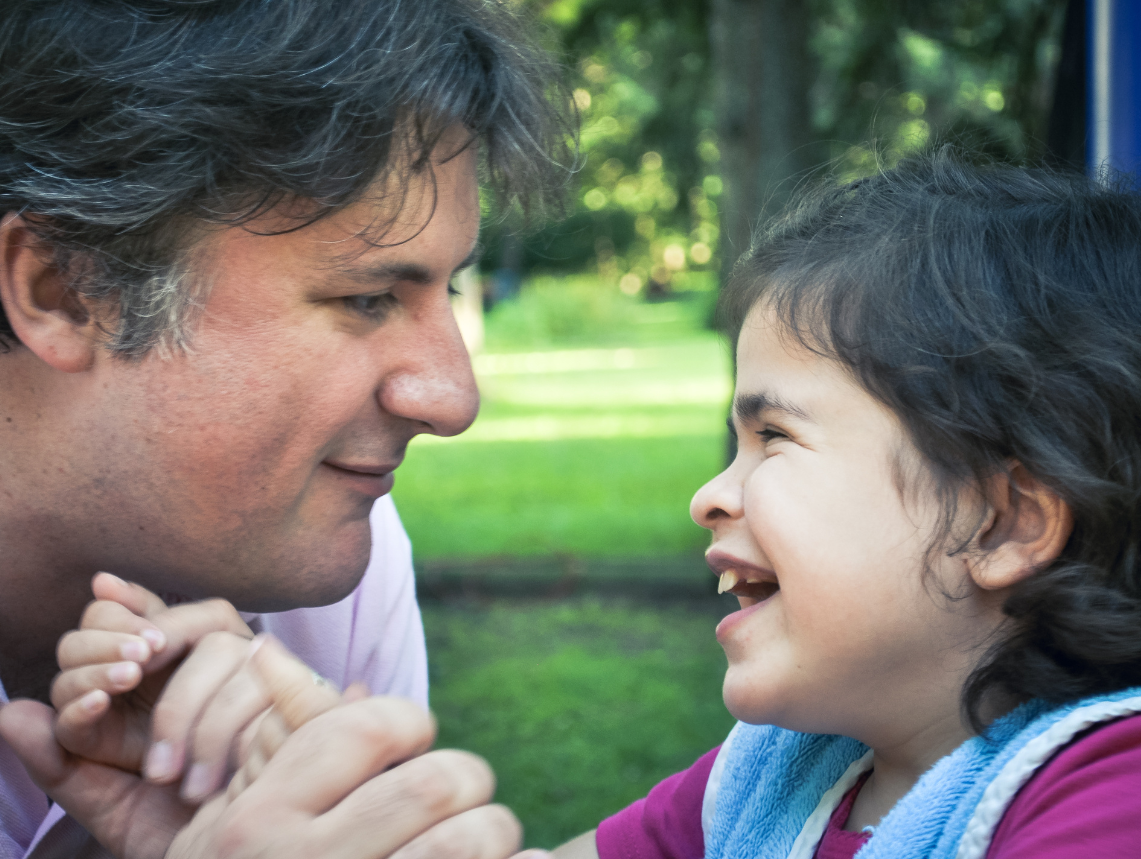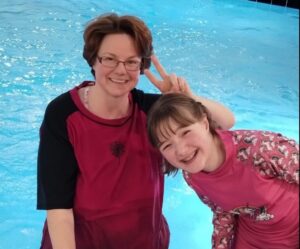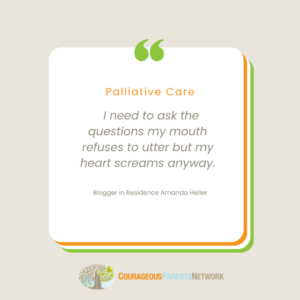Hope
Hope is one of our most powerful emotions, the one that often keeps us going through difficult times. When your child is diagnosed with a serious medical condition, the immediate and natural impulse is to look for a cure. While curative treatment isn’t always possible, it is still possible to have hope for the illness journey. Many parents find that they can cope better as they learn to shift their expectations and turn the focus of their hope from the future to the present.

Your Team:
An individual who leads and/or guides individuals or groups coping with life experience and challenges.
A member of the clergy who is responsible for the religious needs of an organization and/or its constituents.
A mental health professional who uses therapy and other strategies to support coping and adjustment and treat concerns regarding social, emotional, or behavioral functioning.
A trained professional who works with people, groups and communities to help them better their lives.
A specialist whose aim is to improve the quality of life of their patients over the course of their illness regardless of stage, by relieving pain and other symptoms of that illness.
A spiritual leader and/or chaplain, psychologist, social worker, or palliative provider can provide a neutral space for talking through hopes, beliefs and expectations.
You may also find that your ideas about hope have changed. Maybe what you are hoping for looks different. If your child’s condition becomes more complicated, you may be prompted—by the care team or on your own—to reconsider your goals and what you’re hoping for, and what medical decisions will support that.
Your focus shifts, and your hope along with it.
Many families find that realigning hope is a cycle that continues to reoccur throughout the illness journey. With this understanding, no matter how difficult the journey is and even when things are not working out as you would like, you can build your capacity to have hope.
“The hope timeline fluctuates based on what feels possible. It requires focusing on the short term far more than on the long term, constantly bringing myself back to the moment when the future feels like too much.“
– Amanda, parent
Related Resources
-
 Finding Hope Again in the Shadow of RiskBLOG
Finding Hope Again in the Shadow of RiskBLOG -
 Shifts, Hope, and Letting GoBLOG
Shifts, Hope, and Letting GoBLOG -
 Mom: I know that he has completed everything in life. I look at the glass as half full.video
Mom: I know that he has completed everything in life. I look at the glass as half full.video -
 Sydney has totally changed the way I look at life: there’s gratitude, and also the flip side.video
Sydney has totally changed the way I look at life: there’s gratitude, and also the flip side.video -
 Rational Hope….What?!!BLOG
Rational Hope….What?!!BLOG -
 Future vs Today: Helping families attend to what really matters so they don’t miss being present with the child.video
Future vs Today: Helping families attend to what really matters so they don’t miss being present with the child.video -
 A mother to clinicians: “You have to be mindful of your words. Always leave a little room for hope.” And to parents: There is always light.”video
A mother to clinicians: “You have to be mindful of your words. Always leave a little room for hope.” And to parents: There is always light.”video